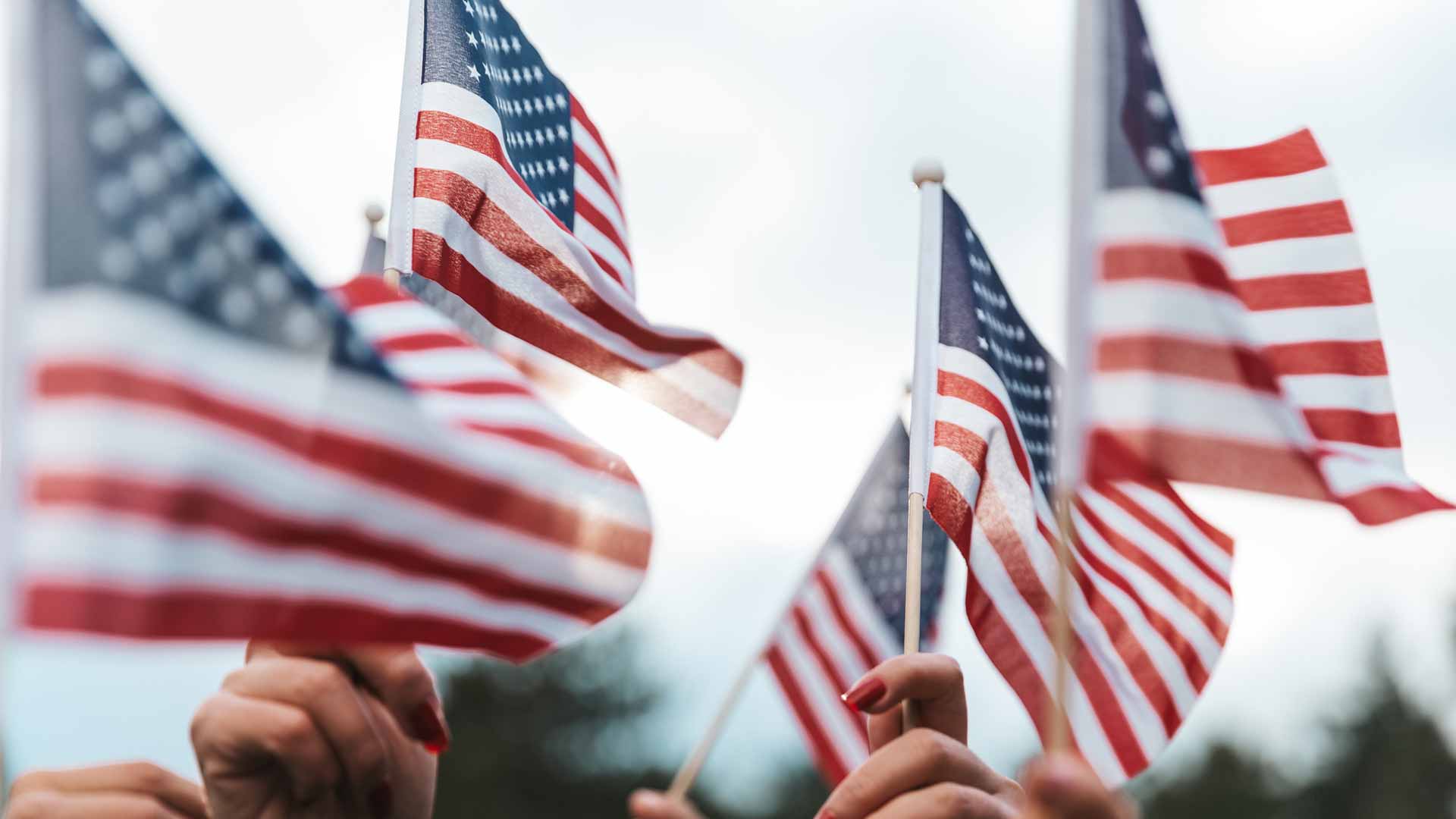Memorial Day, Then and Now

“We have come to dedicate a portion of that field as a final resting place for those who here gave their lives that our nation might live. It is altogether fitting and proper that we should do this.”
– Abraham Lincoln
The idea that a grateful people should set aside a day of remembrance for those who gave their lives in a noble cause is not new… even the Greeks and Romans set aside such days. In the United States we have Memorial Day, observed on the last Monday of May, to pay tribute to those who have died in military service. Though now a national holiday with a uniformity of tradition and ceremony, Memorial Day has a somewhat complicated and convoluted history.
After the American Civil War, people north and south struggled to deal with the loss of hundreds of thousands of dead fathers, brothers, and sons. Inspired in part by Lincoln’s Gettysburg Address and the dedication of the cemetery there in 1863, postwar efforts to decorate the graves of fallen soldiers spread throughout the nation as a means of honoring the fallen and as a catharsis for the bereaved. This practice began in the south immediately after the war, and within a few years this annual decoration of soldier’s graves became a common practice in the north as well. The localized nature of the events meant that different days and different ceremonies developed based on regional practices and seasons.
This new holiday was universally referred to as “Decoration Day” and by 1890 every northern state had adopted May 30 as the day of remembrance. In the south, however, many accused northerners of “appropriating” their holiday and as a result most southern states established a Confederate Decoration Day, usually held in April or June. These two separate approaches to remembrance, north and south, continued until the early 20th century. It was not until after World War I, and even more so after World War II, that Americans began to unify in remembrance of all fallen soldiers of the nation with a universally recognized day and a new name, Memorial Day… though it would not be until the midst of the Vietnam War that the name and date were officially set by federal law.
Today, Memorial Day is usually an opportunity for community parades, picnics, and public gatherings that are as much about celebrating American freedoms as they are for remembering the soldiers themselves. Indeed, Memorial Day as the day to remember specifically those who died in service is often confused with Veterans Day, a day to pay tribute to all those men and women who have served in the military. Given the community-centric nature of the holiday, and its placement at the end of spring, Memorial Day is now often seen as the kick-off for the summer season. That means that Memorial Day can provide a great opportunity for messaging and marketing… when done right.
When marketing for Memorial Day care should be taken not to mix messaging. The purpose of Memorial Day is to remember those who gave their lives in war… it is meant to be a solemn occasion. One does not “celebrate” Memorial Day, nor wish someone a “Happy Memorial Day.” The best marketing either focuses on the solemnity and remembrance aspect of the holiday, or merely mentions the day as a springboard to other ideas such as summertime, not both. A simple “Memorial Day Sale” that highlights discounted items or services works well, as does a business’s ad that pays tribute to fallen soldiers but makes no further effort to promote sales. Even highlighting discounts for veterans or patriotic products would also be a tasteful example of marketing on Memorial Day, or promotion of discounts for veterans or members of the military.
It’s OK to enjoy the three-day weekend that Memorial Day provides to us; after all, that’s the entire reason it was set to always be on a Monday. It’s also OK to take advantage of sales, because we could all stand to save a few dollars. But however you and your family spend Memorial Day, take some time to remember those who gave their all for our continued freedoms… even if it’s as simple (and historical) as placing some flowers on the grave of a soldier.
Back